Wheatley Tunnel
Wheatley Tunnel
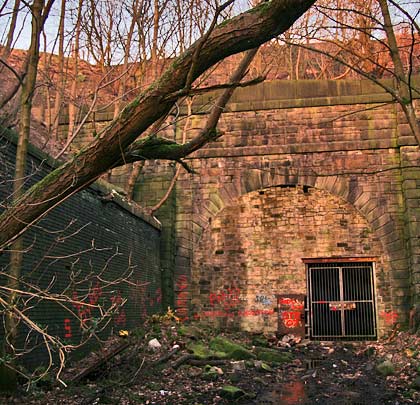
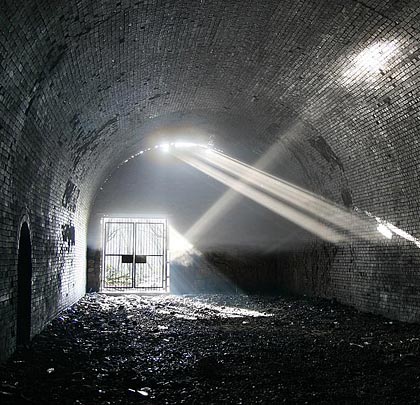
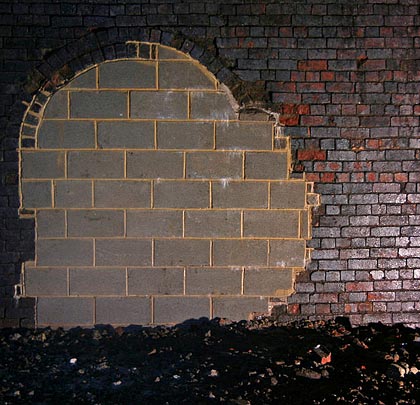
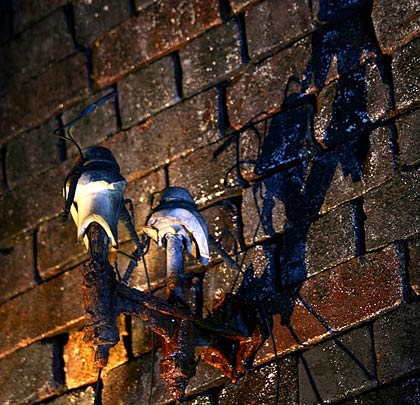
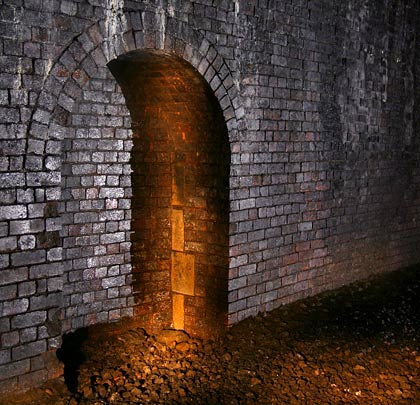
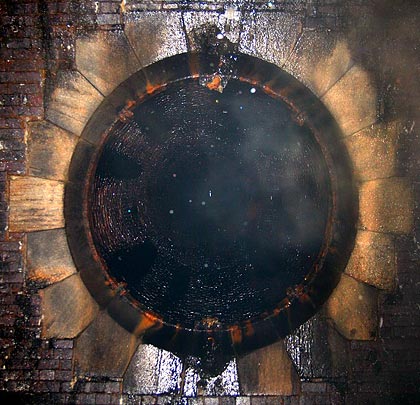
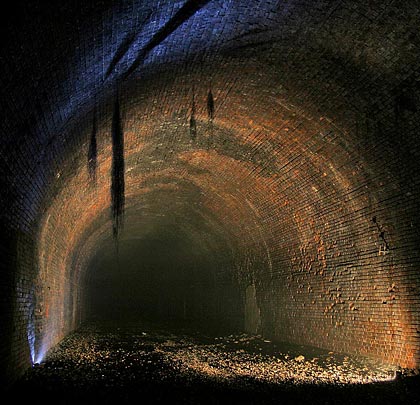
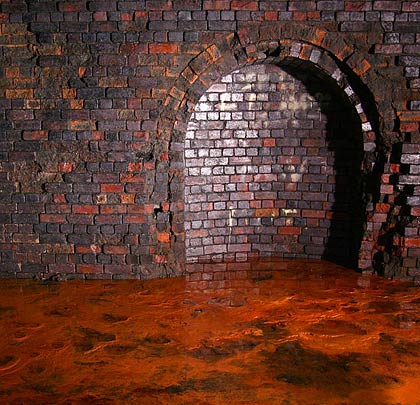
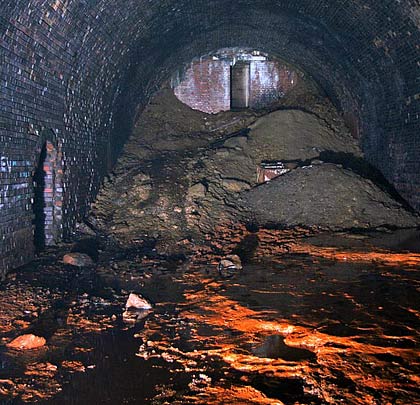
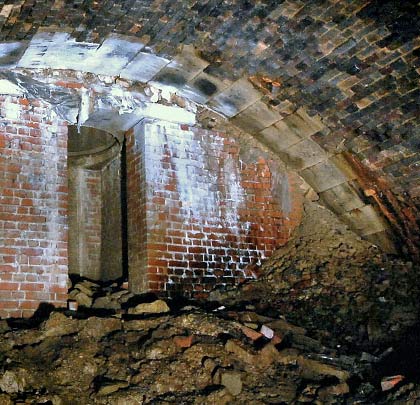
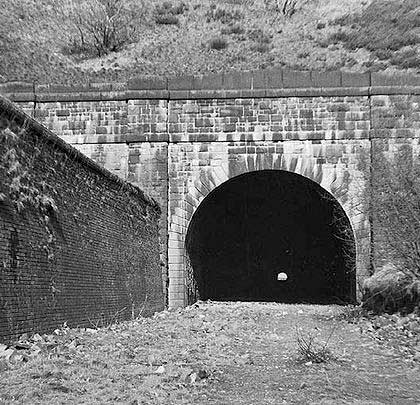











Conceived as part of a grander scheme in 1883, the Halifax High Level and North & South Junction Railway – abbreviated in 1892 to the Halifax High Level Railway – extended for a little over three miles, leaving the Halifax-Queensbury line at Holmfield and terminating at St Pauls Station. Construction got underway late in 1887, requiring a workforce of between 1,100-1,200 men employed by the contractor, Messrs Baker of Bradford.
Two substantial structures were required towards the northern end – a viaduct of ten arches reaching 100 feet in height and an 819-yard tunnel, both at Wheatley. Construction of the latter was not devoid of incident. At noon on 23rd January 1888, with the 10-foot heading having been driven 40 yards into the shale, a rockfall buried two miners. One was extricated within 20 minutes relatively unharmed but efforts to rescue the other were hampered by a second fall. The body of John Potter, aged about 50, was removed three hours later.
In August 1889, the half-yearly shareholders meeting was told that the viaduct’s arches had been turned and its masonry was complete except for the parapets. 620 yards of tunnel had been enlarged to full size, 586 yards of which had been lined.
The inaugural passenger service ran on Thursday 4th September 1890 although goods had been carried as far as Pellon – the only intermediate station – since 1st August. Running northbound, it stopped at the tunnel’s western entrance to allow Mrs Booth, the Mayoress, to unlock the gates with a silver key. There was much rejoicing. This was, however, short-lived as the passenger service linking the higher and lower parts of Halifax lasted only 26 years, ending on 1st January 1917. Goods trains continued to shuttle back and forth until 25th June 1960.
A lengthy brick retaining wall dominates the north side of Wheatley Tunnel’s western approach cutting. The portal is a substantial affair, built in stone and featuring buttresses to both sides of the entrance. The headwall extends above a string course and is topped with masonry copings brought to a central point. The voussoirs are relatively modest.
The tunnel’s interior is lined in brick throughout. Refuges are inserted in both walls although many have been filled with breeze blocks as part of recent remedial works. Around 520 yards from the west end is the only ventilation shaft which emerges to the east of Cousin Lane as a square brick tower. Telegraph cables were carried on the south side wall and many of their insulated mounting arms remain in situ. The tunnels is generally dry, despite which localised spalling of the brickwork has occurred.
The eastern approach cutting has been backfilled, burying the portal. However there is a high-level doorway in the blockwall leading to a concrete access shaft. A mound of rubble extends into the tunnel at the base of which is an area of thick orange sludge.








